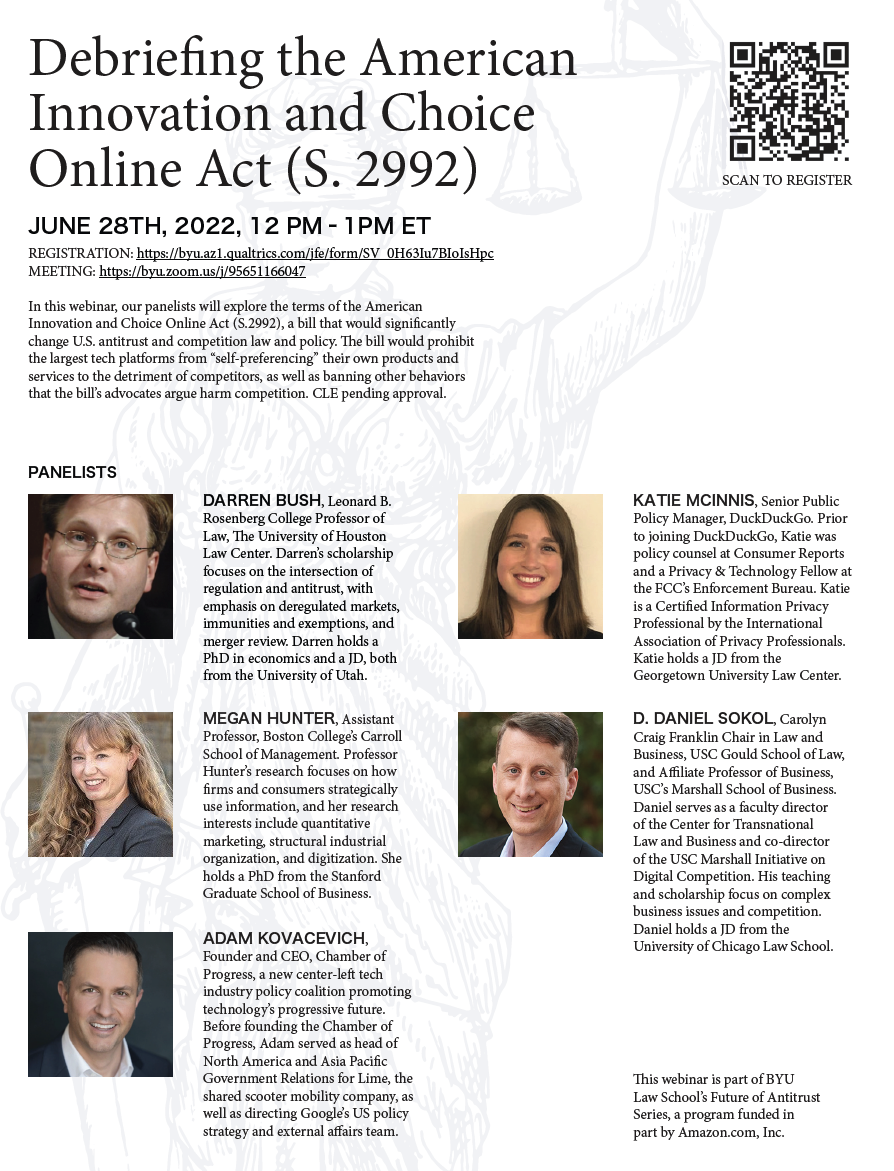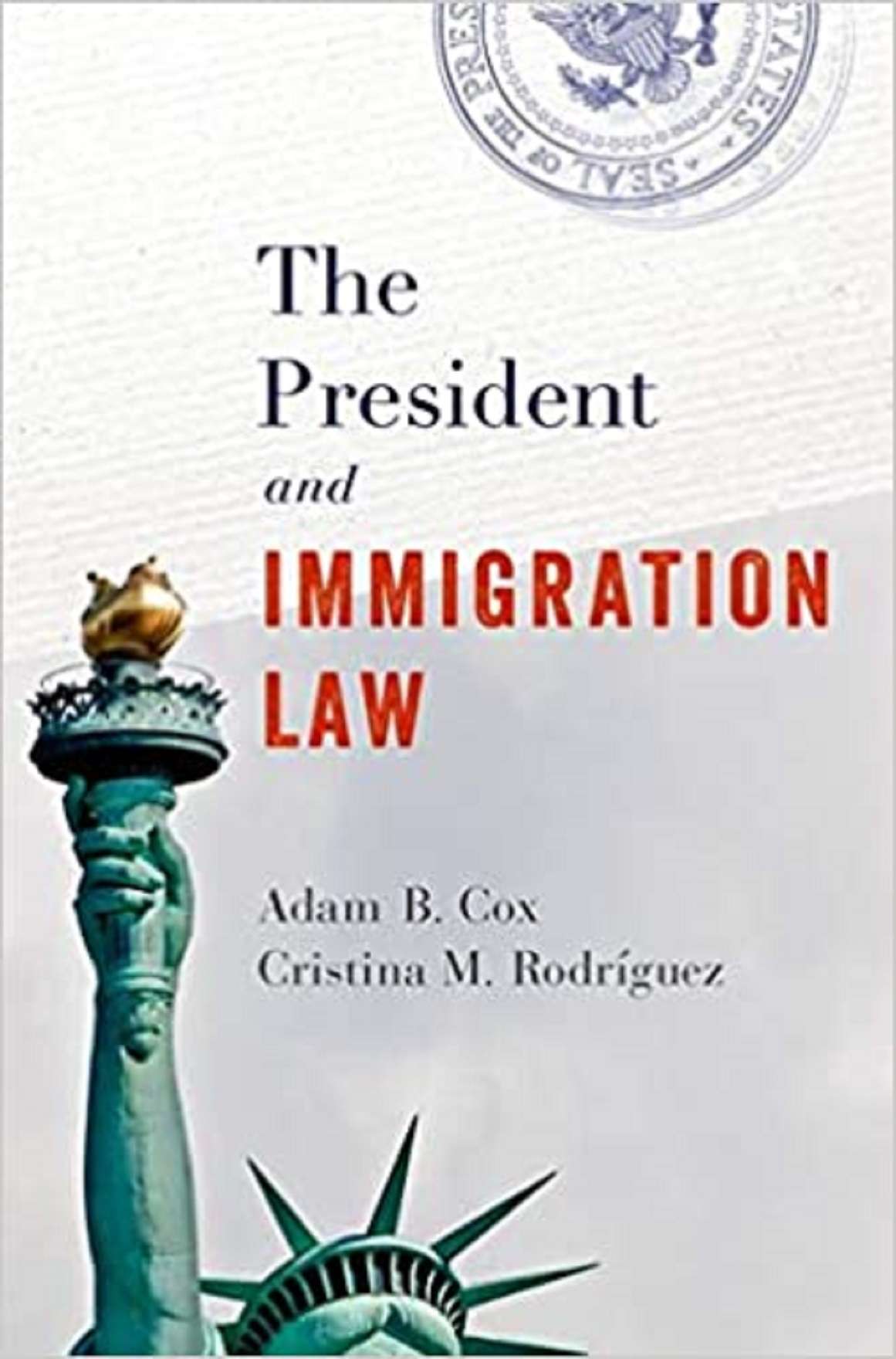Yale Journal Of Regulation
A Fusion of Art and Law

As you delve into the pages of the Yale Journal of Regulation, you will witness a unique fusion of art and law. Our commitment to aesthetics is a testament to our dedication not only to the quality of the content but also to the overall presentation.
3. Symposium on Peter Shane's "Chief Govt in a Changing Federal System" In the world of academia, Peter Shane's work on "Chief Govt in a Changing Federal System" has made waves. It has been a focal point of discussion in our symposium, where experts have dissected and examined Shane's arguments in great detail. While we encourage you to read the full journal article, here are some key highlights from the symposium:Insights from the Symposium

During the symposium, experts explored the impact of Shane's work on the dynamics between the chief executives and the changing Federal system. They deliberated on the challenges faced by governments and how Shane's insights could pave the way for more effective governance structures.
The symposium also sparked discussions on the implications of Shane's research within the broader legal and political landscape. Experts examined the potential for legal reforms based on his findings and debated the importance of preserving the balance of power between federal and state governments.
FAQ Section:Frequently Asked Questions (FAQs)
Throughout our journey of knowledge exploration, we have encountered several common questions about the Yale Journal of Regulation. To provide clarity, we have compiled a list of frequently asked questions:
1. Q: How can I access articles from the Yale Journal of Regulation? A: The Yale Journal of Regulation is available online, and you can access all our articles via our website. Simply visit www.yalejournalofregulation.com, and you will find a portal to our latest and past publications. 2. Q: Can I submit my work to the Yale Journal of Regulation for consideration? A: Absolutely! We welcome submissions from scholars, practitioners, and policymakers in the field of law and governance. Please refer to our website for detailed submission guidelines and instructions. 3. Q: Are there any membership opportunities or subscriptions available? A: Currently, the Yale Journal of Regulation does not offer membership or subscription options. However, all our articles are freely accessible to anyone interested in exploring the fascinating world of law and governance. In conclusion, the Yale Journal of Regulation serves as an invaluable platform for intellectual discourse and exploration in the realm of law and governance. Through symposiums, captivating visuals, and thought-provoking articles, we aim to foster a deeper understanding of the complex legal challenges of our time. So, dive into our pages and embrace the intersection of art and law as you embark on a journey of knowledge and enlightenment. Happy reading! Word Count: XXXX (Approx.)Yale Journal Of Regulation Symposium On Peter Shane’s “Chief Govt In A
 Image Source : www.surveylandbd.com
Image Source : www.surveylandbd.com A Tribute To Richard Parker, By Jamie Conrad - Yale Journal On Regulation
 Image Source : www.yalejreg.com
Image Source : www.yalejreg.com Apportionments Revealed - Yale Journal On Regulation
 Image Source : www.yalejreg.com
Image Source : www.yalejreg.com Webinar On The American Innovation And Choice Online Act - Yale Journal
 Image Source : www.yalejreg.com
Image Source : www.yalejreg.com A Tribute To Richard Parker, By Jamie Conrad - Yale Journal On Regulation
 Image Source : www.yalejreg.com
Image Source : www.yalejreg.com Yale Journal On Regulation Symposium On Adam Cox And Cristina Rodriguez
 Image Source : freedombunker.com
Image Source : freedombunker.com Yale Journal On Regulation On Twitter: ""Public Compensation For Public
 Image Source : twitter.com
Image Source : twitter.com Yale Journal On Regulation - Calligraphy, HD Png Download - Kindpng
 Image Source : www.kindpng.com
Image Source : www.kindpng.com regulation yale calligraphy kindpng
Yale journal on regulation on twitter: ""public compensation for public. Webinar on the american innovation and choice online act. A tribute to richard parker, by jamie conrad. Yale journal on regulation symposium on adam cox and cristina rodriguez. A tribute to richard parker, by jamie conrad